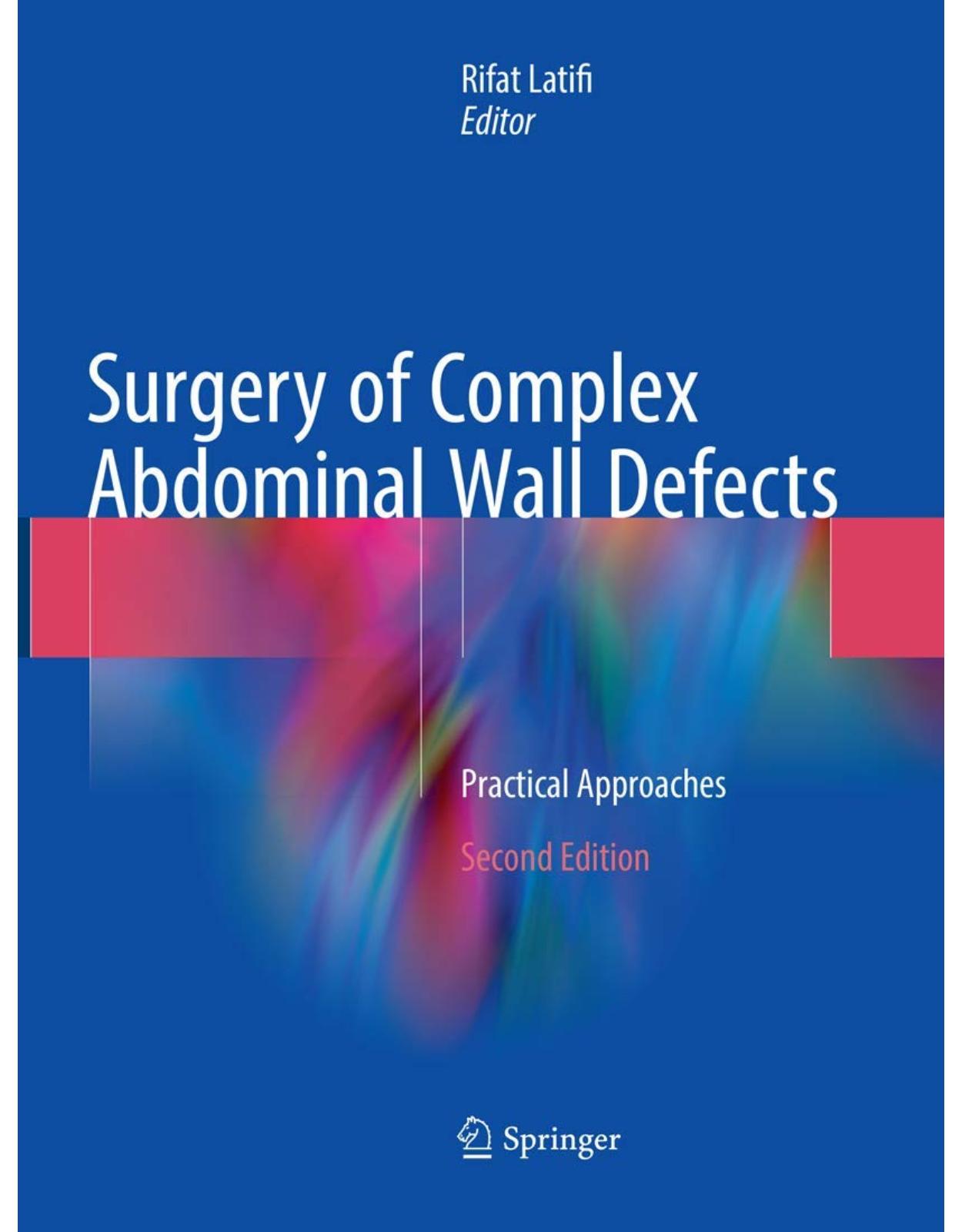
Surgery of Complex Abdominal Wall Defects
Livrare gratis la comenzi peste 500 RON. Pentru celelalte comenzi livrarea este 20 RON.
Disponibilitate: La comanda in aproximativ 4 saptamani
Autor: Rifat Latifi
Editura: Springer
Limba: Engleza
Nr. pagini: 275
Coperta: Paperback
Dimensiuni: 21.01 x 1.6 x 27.89 cm
An aparitie: 2018
Description:
As with the first edition, the second edition of this book covers the surgical anatomy of the abdominal wall, pathology of abdominal wall defects, such as hernias, enterocutaneous or entero-atmospheric fistulae, and indications for and surgical techniques used to reconstruct the abdominal wall from the practical stand point. In addition, through a number of illustrations, the placement of mesh in the abdominal wall reconstruction as well as manipulations of patient’s tissue including lateral compartment release techniques and other tissue transfer techniques are described in detail. The text also covers reconstruction of complex contaminated abdominal wall defects in patients with complex enteric fistulae, stomas, defects created after the excision of previously placed infected prosthetic mesh, and defects associated with acute tissue loss after severe trauma or necrosis of abdominal wall such as necrotizing soft tissue infections. Complex abdominal wall defects in the pediatric population and long-term outcomes and durability of these repairs are also addressed. The second edition of Surgery of Complex Abdominal Wall Defects is written by experts in their respective areas from around the world and has been updated thoroughly. As with the first edition, it will continue to serve as a guide for current practice for surgeons, including general, trauma, acute care, plastic and reconstructive surgeons.
Table of Contents:
Reason 1: Surgeons’ Need
Reason 2: Patients’ Need
Reason 3: Need to Share Knowledge and the Existing Expertise
Reason 4: Increased Frequency of Abdominal Wall Defects
Reason 5: Increased Complexity of Most Abdominal Wall Defects
Reason 6: Three Principles of Surgical Care
Reason 7: New Technologies
Reason 8: Need for a Multidisciplinary Approach
Reason 9: Continuous Changes and Need for Progress in Complex Surgery Education
Contents
Contributors
Part I: Preoperative Considerations
1: Intraoperative Decision-Making Process in Complex Surgery
Introduction
The Anatomy of Surgeons’ Intraoperative Decisions
Patient’s Physiology as Factor of Intraoperative Decisions
Summary
References
2: History of Abdominal Wall Repair: In Search of New Techniques and Materials
Introduction
Early Reports in the Annals of Surgery
Prosthetic Materials
Finding the Perfect Mesh
Nonabsorbable Mesh
Absorbable Mesh
Laparoscopic Repair
Conclusion
References
3: Anatomy and Physiology of the Abdominal Wall: Surgical Implications
Introduction
Anatomical Boundaries
Abdominal Wall Distensibility
Surgical Implications
Conclusion
References
4: Nutritional Consideration of Patients with Open Abdomens and Fistulas
Introduction
The Open Abdomen
Physiology of the Open Abdomen
Nutritional Considerations for the Open Abdomen
Summary of Nutritional Considerations for the Open Abdomen
Enterocutaneous Fistulas
Classification and Physiology of Enterocutaneous Fistulas
Nutritional Considerations for Fistulas
Total Parenteral Versus Enteral Nutrition for Enterocutaneous Fistulas
Minimizing Enterocutaneous Fistula Output
Summary of Nutritional Considerations for Fistula Patient
Conclusion
References
5: The Biology of Complex Abdominal Wall Defects: Definitions and Causes
Definition of Complex Abdominal Wall Defects
Causes of Complex Abdominal Wall Defects
Abdominal Wall Infections and Recurrent Incisional Hernias
Damage Control and the Open Abdomen Approach
Resection of Abdominal Wall Tumors
Complex Recurrent Incisional Hernias and the Pathophysiology of Wound Healing of the Abdominal
Biological and Mechanical Factors Involved
Local and General Factors Affecting Wound Healing
Local Factors
Closure Under Tension and Blood Supply
Hematoma
Infection
Irradiation
Mechanical Stress
Surgical Technique
Tissue Type
General Factors
Age
Anemia
Diabetes
Nutrition
Steroids
Jaundice
Malignant Disease
Obesity
Temperature
Trauma, Hypovolemia, and Hypoxia
Uremia
Complex Abdominal Wound Defects from Damage Control Surgery and the Open Abdomen
Summary
References
6: Perioperative Radiologic Evaluation of Patients with Difficult Abdominal Wall Defects
Introduction
Diagnosis
Ultrasonography
Computerized Scan
Barium Studies with Small-Bowel Follow-Through
Magnetic Resonance Imaging
Operative Planning Guided by Imaging Techniques
Intraoperative Guidance
Postoperative Radiologic Assessment
Recurrence
References
Part II: Surgical Consideration: Techniques and Outcome
7: Abdominal Wall Reconstruction in Patients with Complex Defects: A Nine-Step Treatment Strategy
Introduction
A Nine-Step Management Strategy
Step 1: I = Identification of Postoperative Fistulas
Step 2: S = Sepsis Control and Eradication
Step 3: O = Optimization of Nutrition
Step 4: W = Wound Care
STEP 5: A = Redefining the Anatomy
Step 6: T = Timing of Operation or Takedown of ECF
Step 7: S = Surgical Approach
Step 7.1: Getting in the Abdomen
Step 7.2: Adhesiolysis
Step 7.3: Fistula Resection
Step 7.4: Intestinal Anastomosis
Step 7.5: Definitive Abdominal Wall Reconstruction
Step 7.6: Lateral Component Separation
Step 7.7: Surgical Technique of Open Component Separation
Step 7.8: Posterior Component Separation with Transversus Abdominus Release
Step 7.9: Laparoscopic Component Separation
Step 7.10: Mesh Graft Selection
Step 7.11: Mesh Placement
Step 8: P = Postoperative Care
Step 8.1: Dealing with Complications of Biologic Grafts
Step 9: L = Long-Term Follow-Up
Summary
References
8: A Difficult Abdomen: Temporary Closure and Management of the Consequences
Introduction
Leaving the Abdomen Open
Temporarily “Closing” the Abdomen
Towel Clip Closure
Temporary Skin Only Suture Closure
Retention Sutures
Temporary Silos
Vacuum-Assisted Wound Closure
Use of Skin Graft in Open Abdomen Management
Sequential Closure of Abdominal Wall Following DCS
Managing the Consequences of Temporary Closure
Choosing Materials for Repair
Synthetic Mesh
Biologic Mesh
Use of Hernia Grading System as a Guide to Repair
Principles of Repair
Summary
References
9: Timing of Definitive Reconstructive Surgery of Abdominal Wall Defects in Patients with Entero
Introduction
Etiology of Enterocutaneous Fistula
When Should We Operate?
Factors Affecting Timing for Surgical Intervention
Evidence for Enterocutaneous Fistula Repair Timing
Abdominal Wall Defect Repair Timing
Summary
References
10: Practical Approach to Patient with a Hostile Abdomen: Clinical Scenarios
Introduction
Key Questions
Preoperative Conditions
Scenario 1
Scenario 2
Scenario 3
Creating a Surgical Plan
Providing Patient-Centered Care: Involving the Patient
Timing of the Operation
Preparing for the Operation
Entering the “Frozen Lake”
Mobilizing the Entire GI Tract
How Much of the Intestines to Resect and How to Create the Anastomoses
Definitive Reconstruction of Temporary Closure of the Abdomen
Summary
References
11: Staged Reconstructions of Abdominal Wall Defects
Introduction
Three Stages of Reconstruction
Stage 1: Temporary Abdominal Closure
Stage 2: The Maturation Period
Stage 3: Definitive Abdominal Wall Reconstruction
Tensor Fascia Latae Flap for Abdominal Wall Reconstruction
Selection of the Appropriate Reconstruction Method
Summary
References
12: Complex Abdominal Wall Reconstruction-Plastic Surgeon’s Perspective
Introduction
Current Indications for Utilization of Bioprosthetic Mesh
Patient Selection
Abdominal Wall Reconstruction Principles
Component Separation Technique
Management of the Skin: Deficiency and Redundancy
Staged Abdominal Wall Reconstruction
Postoperative Care
Conclusions
References
13: Complex Tissue Transfer in the Management of Abdominal Wall Defects
Introduction
Temporary Abdominal Wall Closure for Acute Abdominal Wall Defect and During Open Abdomen Manageme
Abdominal Wall Reconstruction Following Temporary Closure in the Management of Abdominal Wall D
Complex Tissue Transfer in the Management of Abdominal Wall Defects
Basic Musculoskeletal and Neurovascular Anatomy of Anterior Abdominal Wall
Component Separation Method
Modifications of Component Separation Method
The Anterior Rectus Abdominis Sheath Turnover Flap Method
Surgical Procedures
Blood Supply to the Anterior Rectus Turnover Flap
Conclusion
References
14: Minimally Invasive Component Separation for the Repair of Large Abdominal Wall Defects
Introduction
Definition of Large Abdominal Defects
Surgical Options in Complex Abdominal Hernias
Anterior Component Separarion Technique
Minimally Invasive Anterior Component Separation Technique
Introduction
Minimally Invasive Component Separation Technique Without the Use of Video-Assisted Equipment
Video-Assisted Anterior Component Separation Technique
Comparing Results from Different Anterior Component Separation Techniques
Pre-operative Care
Surgical Technique
Step 1
Step 2
Step 3
Step 4
Step 5
Step 6
Post-operative Care
Special Cases
The Open Abdomen
The Use of Chemical Component Sepration and Tissue Expanders
Stomas
Previous Anterior Component Separation
Summary
References
15: Abdominal Wall Reconstruction in the Pediatric Population
Introduction
History
Gastroschisis
Epidemiology
Surgical Management
Primary Closure
Staged Reduction and Closure
Sutureless Closure
Ward Reduction Versus General Anesthesia
Management of Intestinal Atresia
Omphalocele
Epidemiology
Surgical Management
Primary Closure
Giant Omphalocele
Staged Closure
Delayed Closure
Definitive Surgical Management
Cosmetic Outcomes
Summary
References
16: Surgical Approach to Abdominal Wall Defects and Hernias in Patients with End Stage Organ Dis
Introduction
Hernia Classification and Grading
Grading
Classification
End Stage Organ Disease
Liver
Compensated Chronic Liver Disease
Risk Stratification
Kidney
Post Transplant Hernia Repair
Liver
Minimally Invasive and Open Surgery
Primary and Staged Closures
Primary Repair VS Mesh Repair
Kidney
Hernias in Pediatric Recipients
Urgent Vs. Elective
Live Donors
References
17: Management of Flank Complex Hernia
Introduction
Classification
Topographic Anatomy
Clinical and Diagnosis
Surgical Treatment
General Considerations
Open Technique
Suprafascial Mesh
Intramuscular Mesh
Preperitoneal Mesh
Intraperitoneal Mesh
Double Mesh
Tight Double-Mesh Technique
Medial Approach
Laparoscopic Technique
Laparoscopic Technique in Hernia Repair Has Become Common
References
18: Laparoscopic Access to the Difficult Abdomen in Patients with Large Abdominal Wall Defects
Introduction
General Features
Patient Selection
Surgical Technique
Potential Advantages
Conclusion
References
19: Laparoscopic Techniques in the Repair of Large Abdominal Wall Defects
Introduction
Patient Preparation, Equipment, and Positioning
Surgical Technique
Postoperative Care
Complications and Outcome
References
20: Selection of Prosthetic Materials in the Repair of Complex Abdominal Wall Defects
Introduction
Considerations when Selecting Prosthetic Materials for the Management of CAWD
Prosthetic Mesh
Synthetic Non-absorbable Polymers
Polypropylene
Polyester
Expanded Polytetrafluoroethylene (ePTFE)
Absorbable Synthetic Polymers
Composites
Biologic Prosthetics (Grafts)
Fibrin Sealant in Hernia Repairs
Complications
Conclusion
References
21: Mesh Placement in Complex Abdominal Wall Defects: Techniques and Outcomes
The Role of Mesh
Choice of Mesh
Mesh Placement Technique
Onlay Mesh Placement
Underlay Mesh Placement
Rives–Stoppa Mesh Placement Technique
Interposition or Bridge Mesh Placement
References
Part III: Post-operative Complications and Reoperative Surgery
22: Abdominal Compartment Syndrome and Hypertension in Patients Undergoing Abdominal Wall Reconstr
Introduction
Pre-operative Considerations for Prevention of IAH/ACS
Patient Selection
Size of Hernia: “Loss of Domain”
Size of Defect
Intra-operative Considerations
Post-operative Considerations
Post-operative Care/Monitoring
Therapy for Post-operative IAH/ACS
Medical/Minimally Invasive Therapy
Surgical Decompression
Conclusions
References
23: The Surgical Nightmare: Dealing with Infected Mesh
Introduction
Risk Factors and Pathogenesis of Mesh Infection
Diagnosis of Mesh Infection
Management of Mesh Infection
Conclusions and Recommendation
References
24: Abdominal Plastic Surgery and Adjunctive Procedures
Introduction
Liposuction
Abdominoplasty Techniques
Long Term Post-operative Outcome Results
Plastic Surgical Management Following Massive Weight Loss Patient
Pre-massive Weight Loss Panniculectomy
Post-massive Weight Loss Abdominoplasty
Post-massive Weight Loss Circumferential Lower Truncal Contouring
Complications in Abdominal Plastic Surgery
Seroma
Dehiscence
Infection
Hematoma
Ischemic Complications
Deep Venous Thrombosis
Pulmonary Embolism
Nerve Problems
Abdominal Compartment Syndrome
Scar Deformity
Conclusion
References
25: Short Bowel Syndrome: A Clinical Update
Introduction
Pathophysiology of Short Bowel Syndrome
Nutritional and Metabolic Management of Short Bowel Syndrome
Immediate Postoperative Period
Bowel Adaptation Period
Long-Term Management Period
Experience with the Growth Hormone, Glutamine, and Modified Diet Regimen
Growth Factors and Intestinal Adaptation in Short Bowel Syndrome
Other Factors Affecting Intestinal Adaptation and Outcomes in SBS
Management of Liver Disease in SBS/IF Patients Dependent on Parenteral Nutrition
Surgical Considerations
Intestinal Transplantation in Short Bowel Syndrome Patients
The Future of Management of Short Bowel Syndrome
Summary and Conclusions
References
26: Minimizing Postoperative Complications by Preoperative Optimization
Introduction
Preoperative Evaluation
Assessing the Perioperative Risk
Neurological System Evaluation
Cardiovascular System Evaluation
Summary of the 2014 ACC/AHA Guidelines
Renal System Evaluation
Gastrointestinal System Evaluation
Endocrine System Evaluation
Hematologic and Coagulation Evaluation
Infections
Nutritional Evaluation and Optimization
Control of Premorbid Conditions
Social and Addiction Issues
Prevention Strategies
Summary
Suggested Readings
27: The Final Word on a Complex Problem
Looking into the Future: Will Tissue Engineering Be the Next Answer?
References
Index
| An aparitie | 2018 |
| Autor | Rifat Latifi |
| Dimensiuni | 21.01 x 1.6 x 27.89 cm |
| Editura | Springer |
| Format | Paperback |
| ISBN | 9783319857671 |
| Limba | Engleza |
| Nr pag | 275 |
-
38600 lei 34900 lei

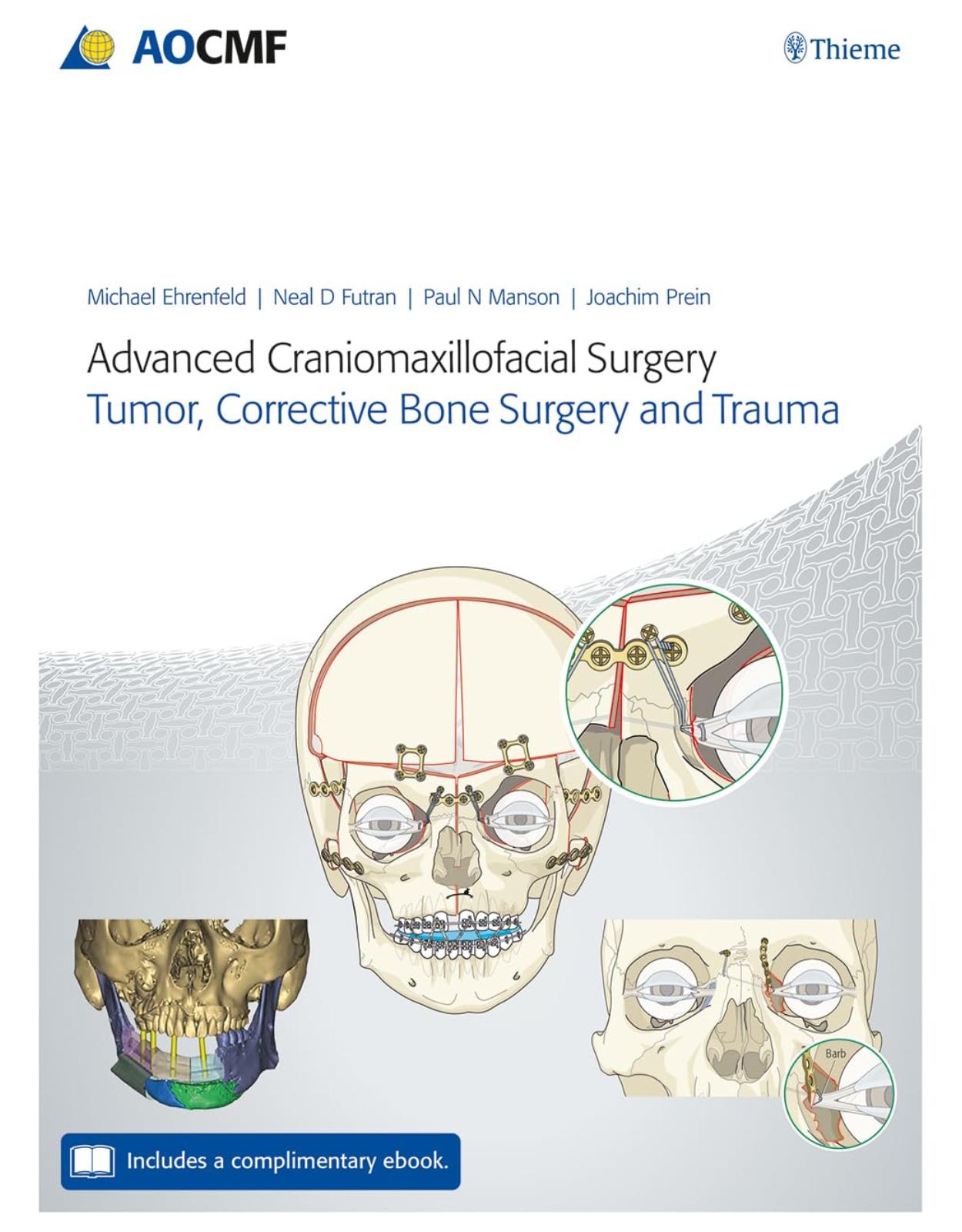
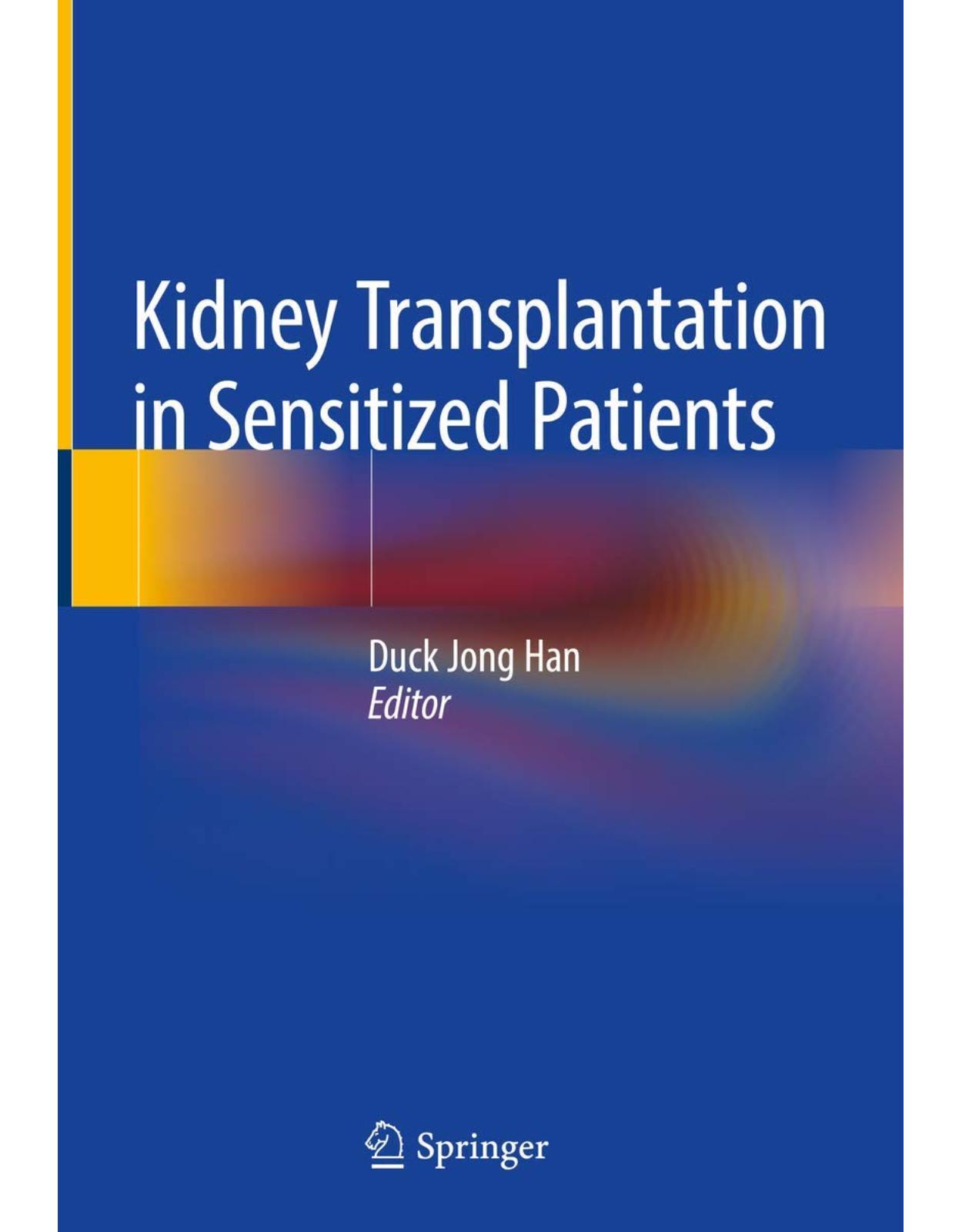
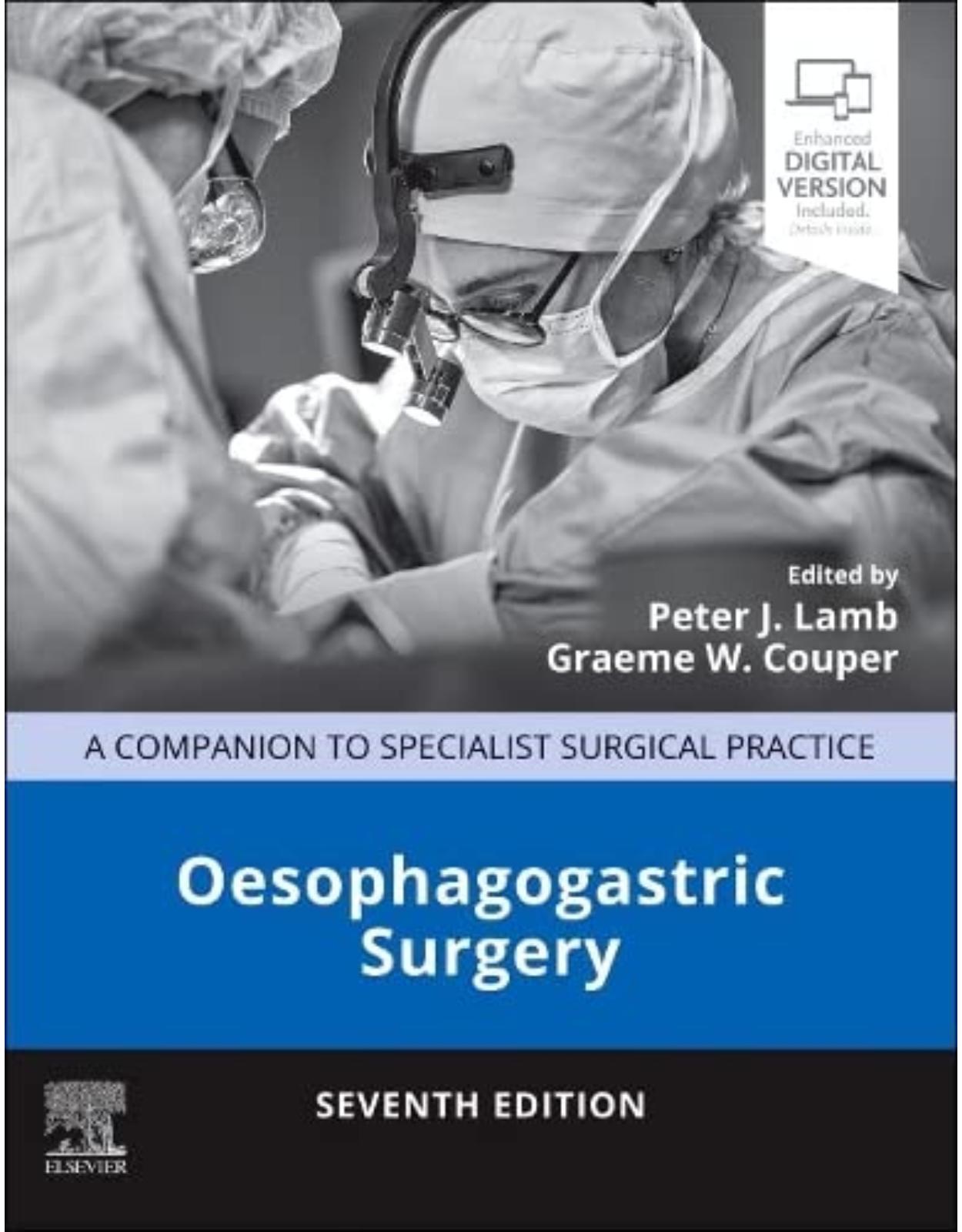
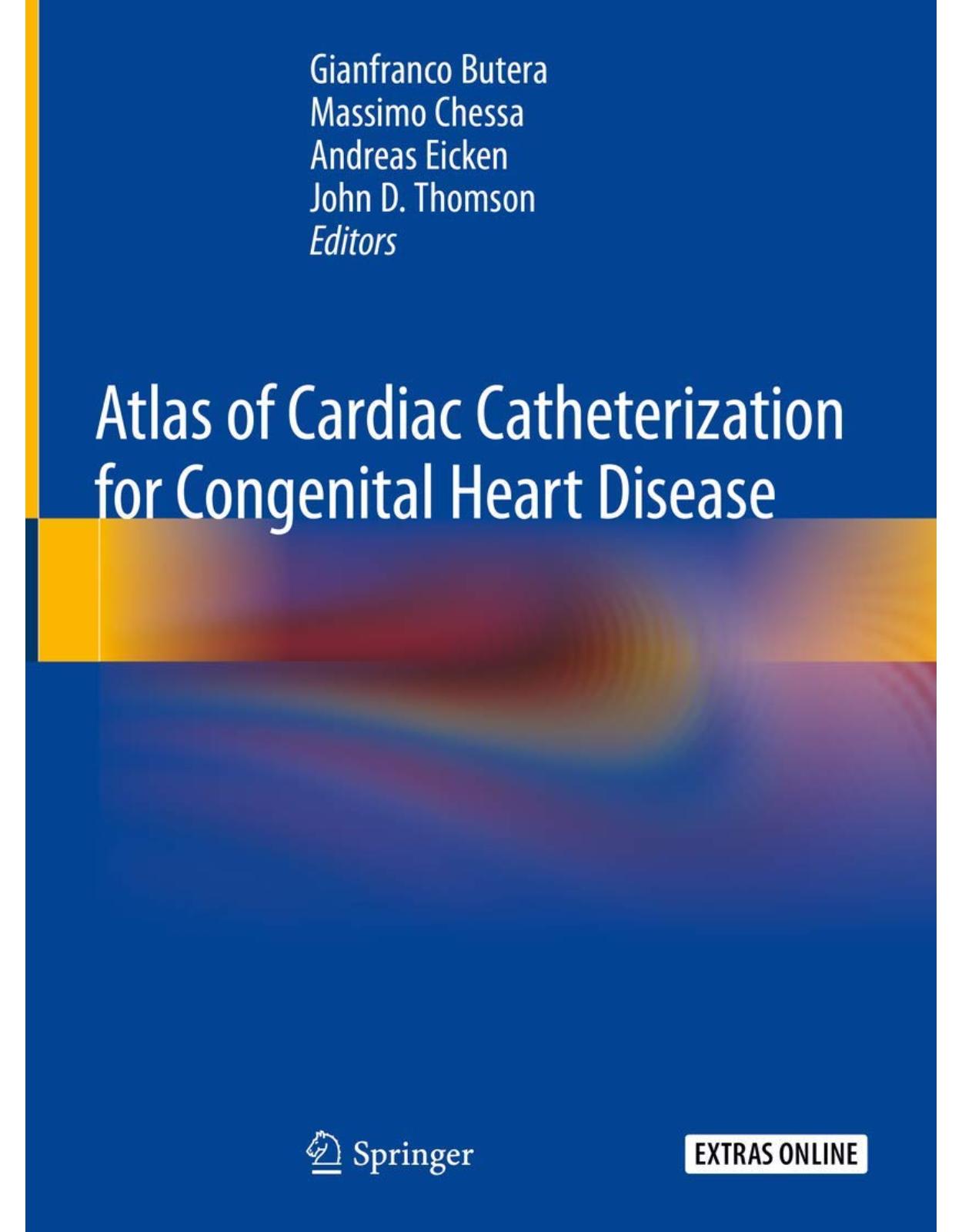
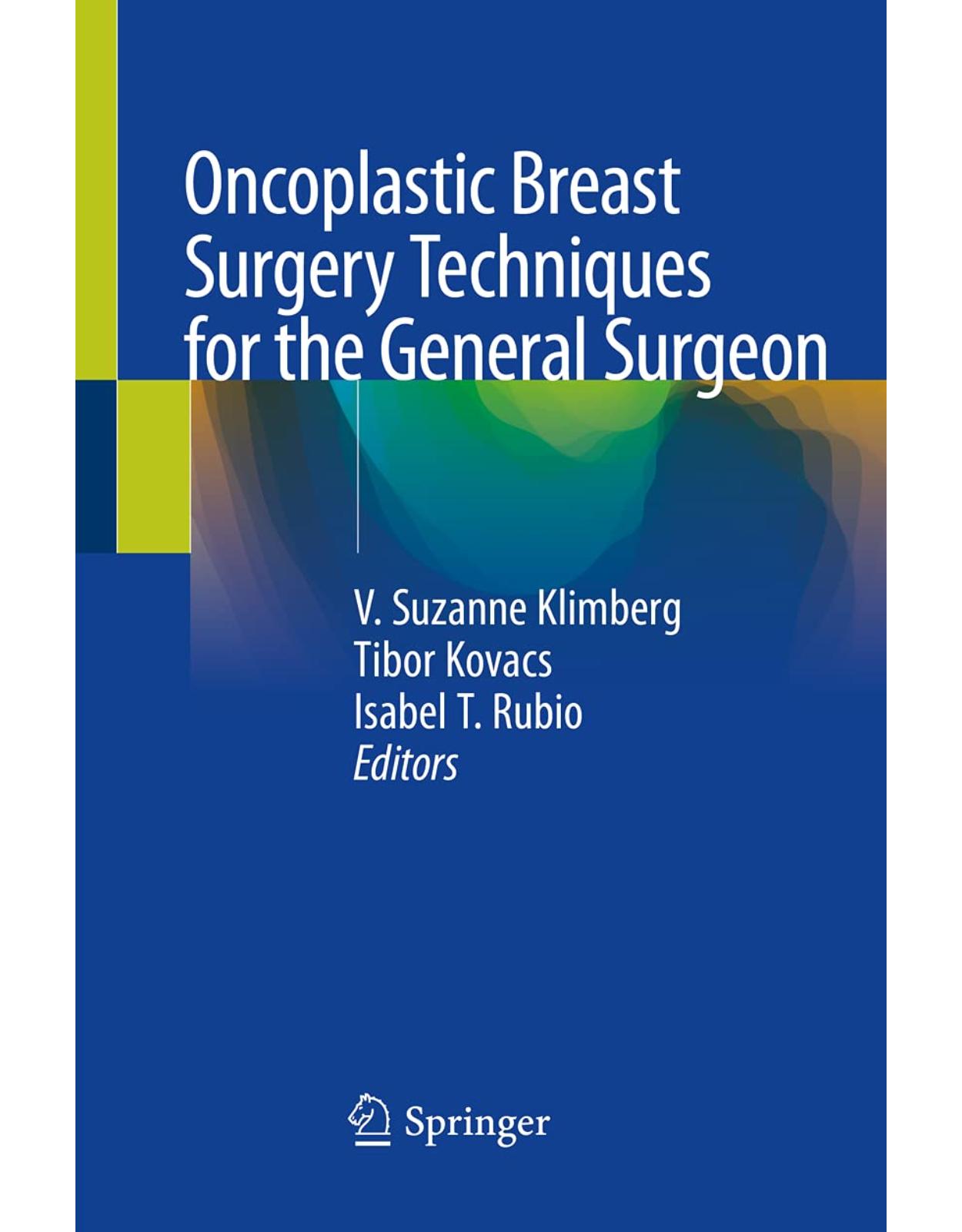
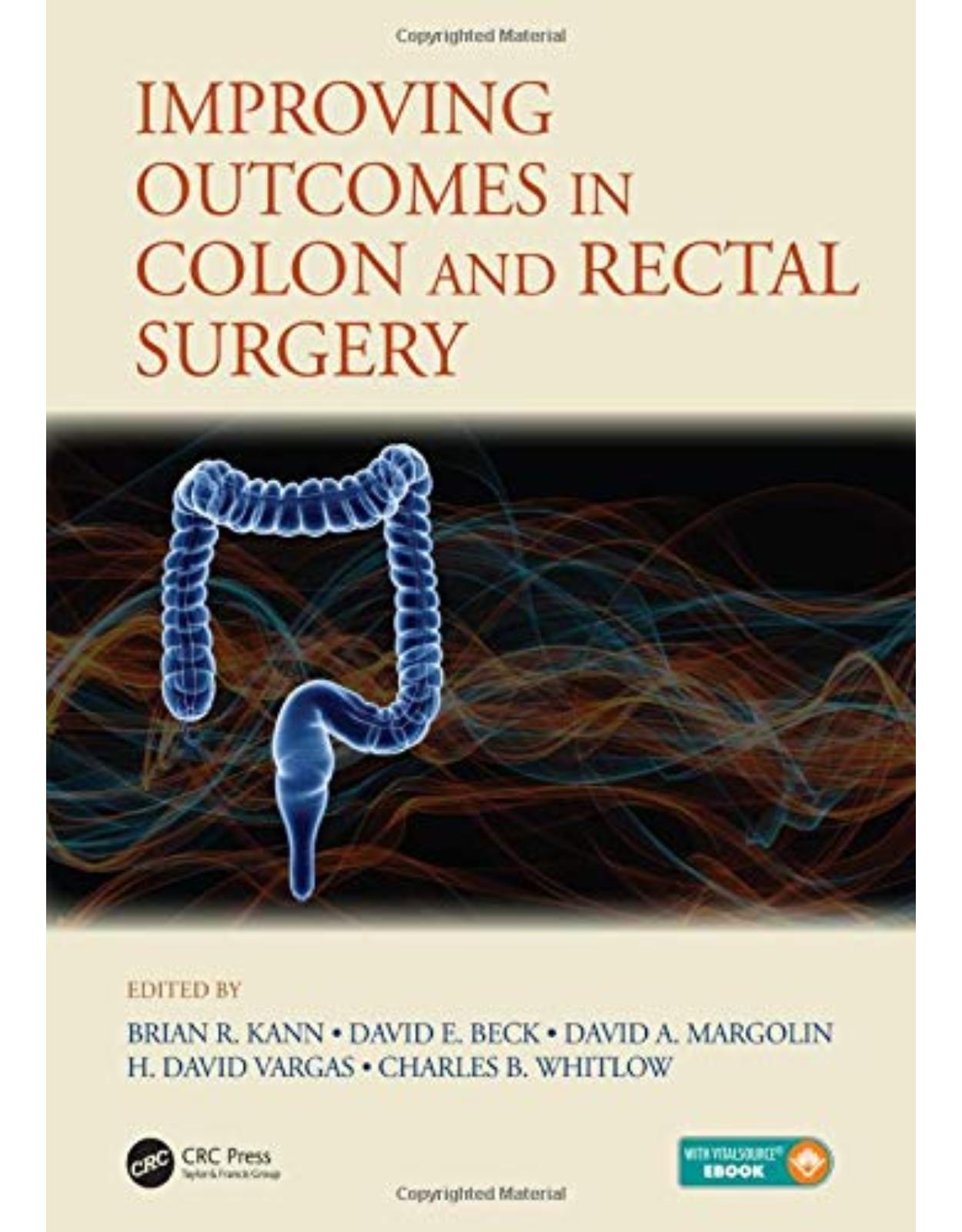
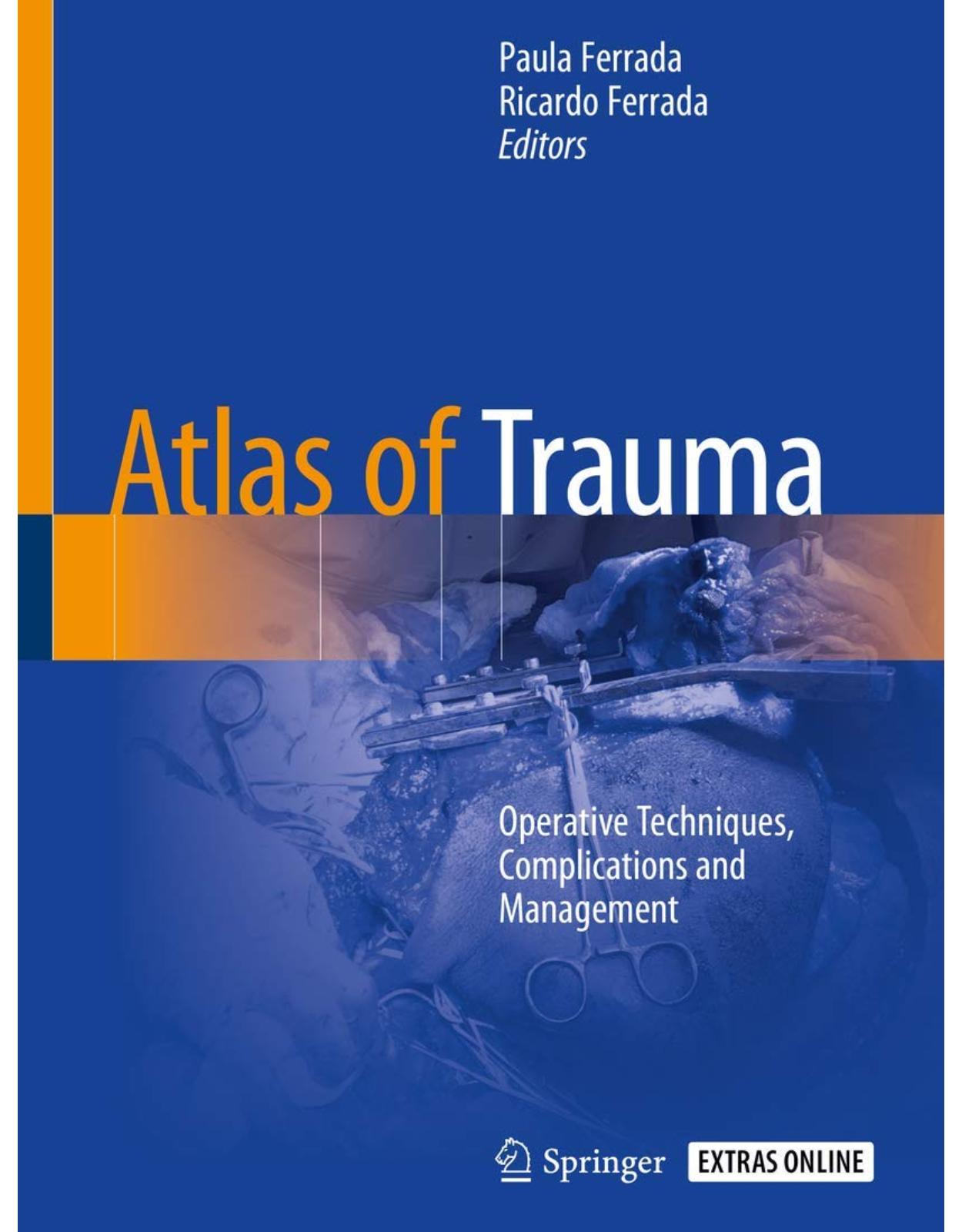
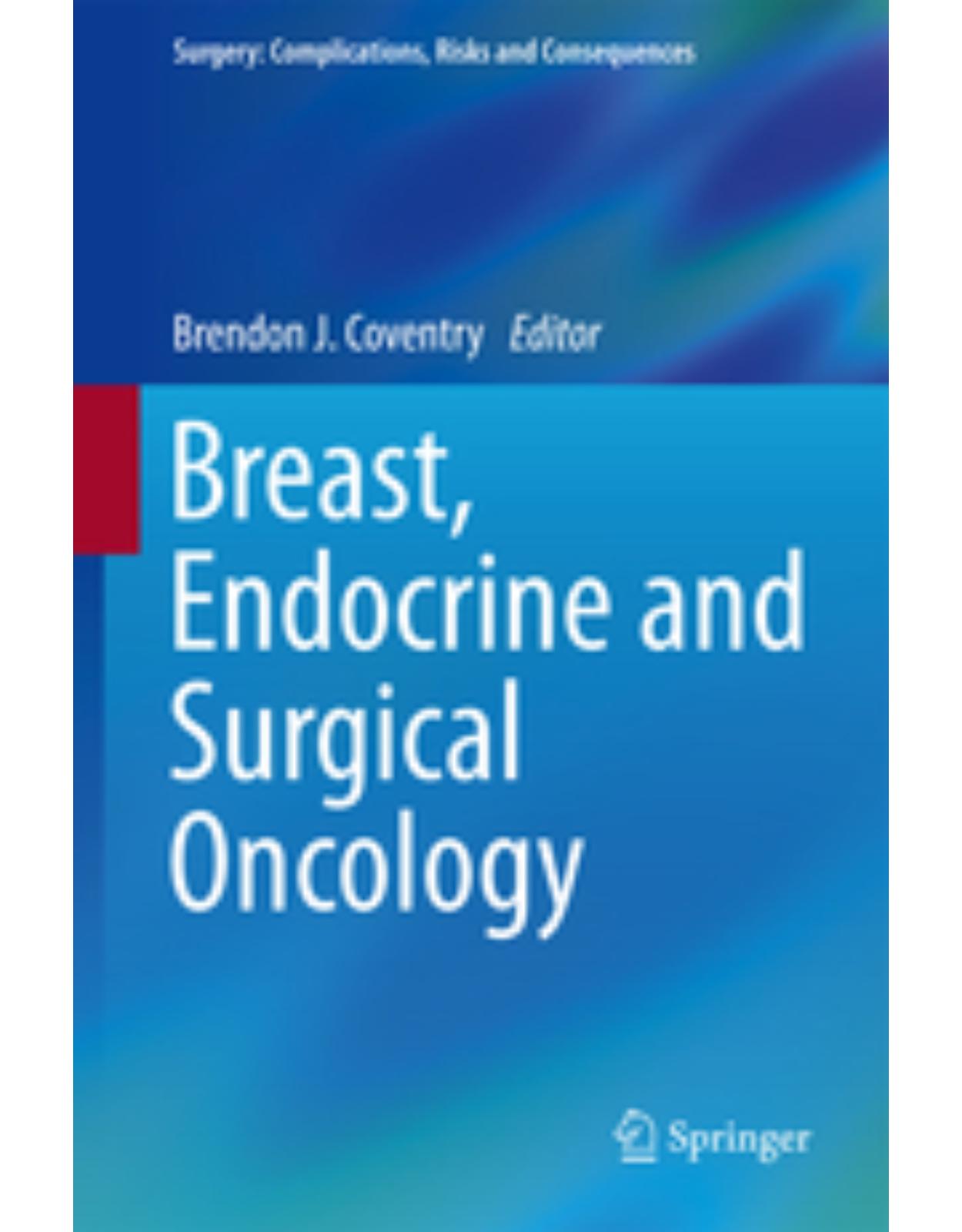
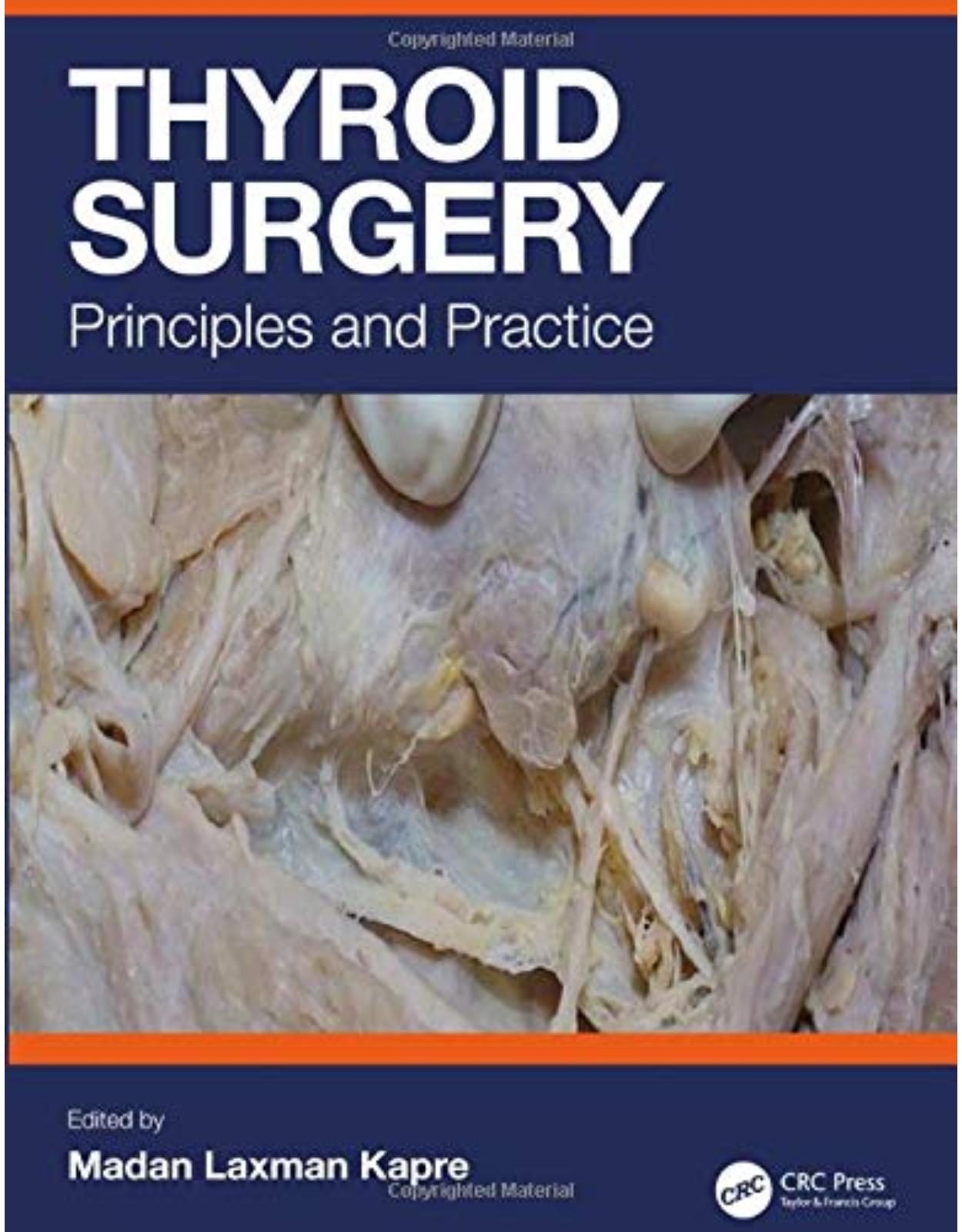
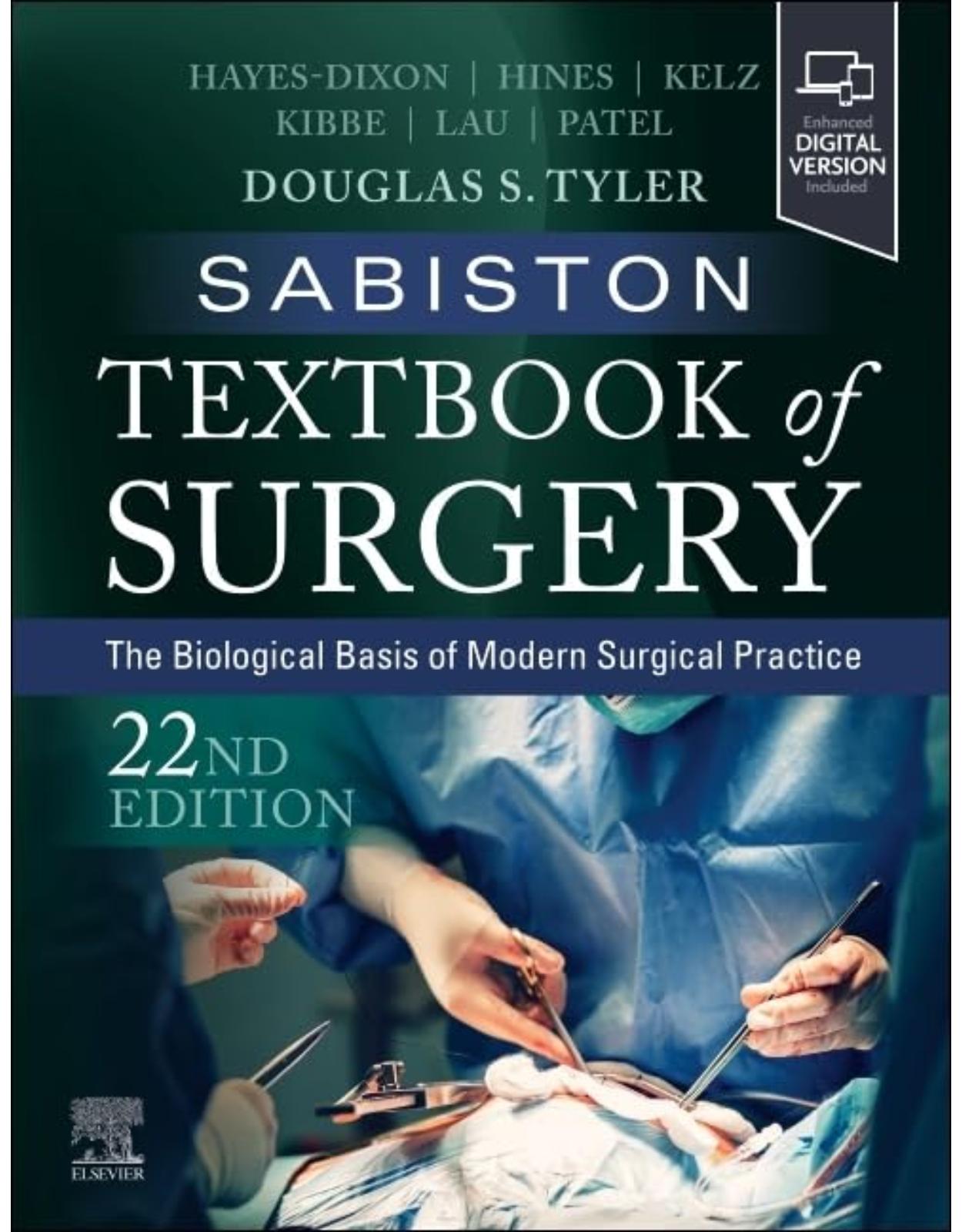


Clientii ebookshop.ro nu au adaugat inca opinii pentru acest produs. Fii primul care adauga o parere, folosind formularul de mai jos.